Metabolic
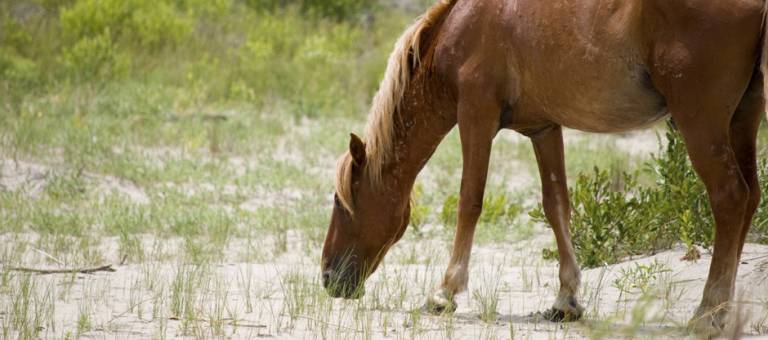
March 27, 2012
The Use of Psyllium for Insulin Resistance
In the horse world, psyllium is the product of choice to prevent sand colic, but little else in known

March 21, 2012
Carbohydrate Digestibility in Horses
Because monosaccharides are the only form of carbohydrates that can be absorbed from the equine intestine, more complex carbohydrates
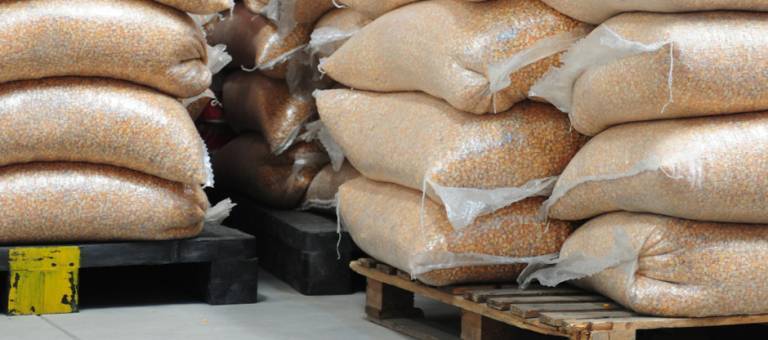
February 02, 2012
Glycemic Index Among Horse Feeds
You’ve probably heard the term “glycemic index” at some point. This buzz-phrase has been circulating among informed horse owners
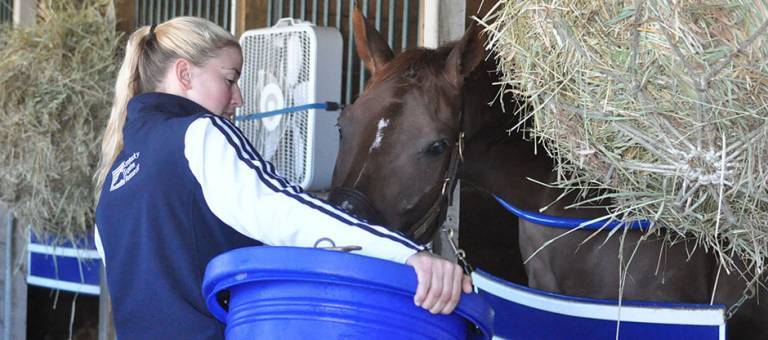
January 27, 2012
Assessing the Malnourished Horse
When a malnourished horse is presented for nutritional rehabilitation, the person who is caring for the horse should make

December 29, 2011
The Importance of Magnesium in Horse Diets
Magnesium is a vital macromineral, and it is becoming increasingly recommended by veterinarians for various treatments in the horse.
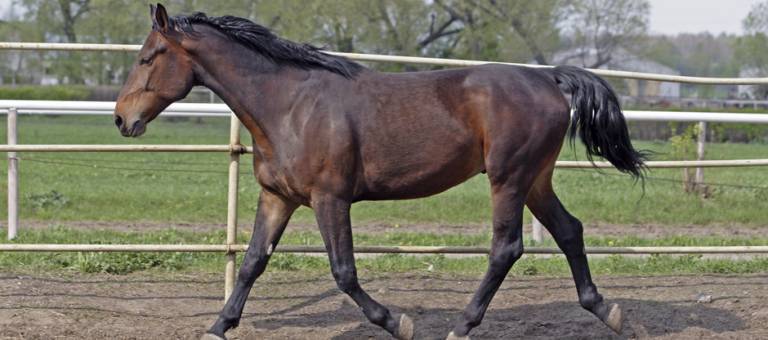
October 24, 2011
Feeding After the Finish Line
When a horse leaves the track, its caloric requirement will decrease along with its reduced workload. However, this will
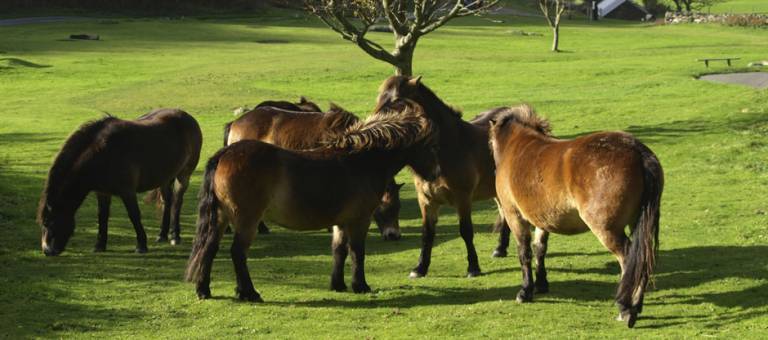
October 06, 2011
Effect of Diet on Insulin Resistance Studied
Diagnosis of insulin sensitivity in horses is on the upswing, and for that reason identifying ways to manage insulin
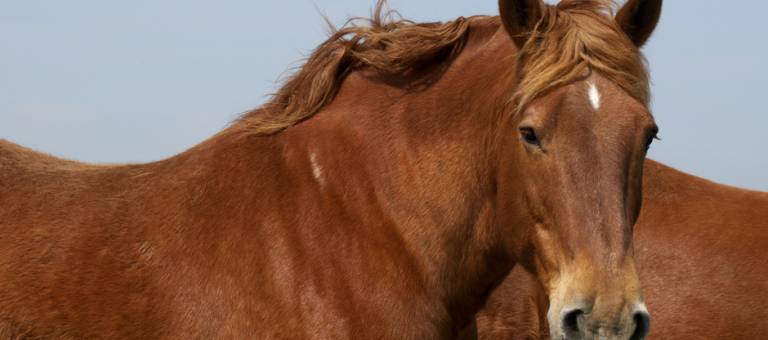
October 04, 2011
Cresty Necks in Horses: Possible Physical Sign of Metabolic Issue
A hallmark of certain metabolic conditions such as insulin resistance and metabolic syndrome is a cresty neck—sometimes in combination
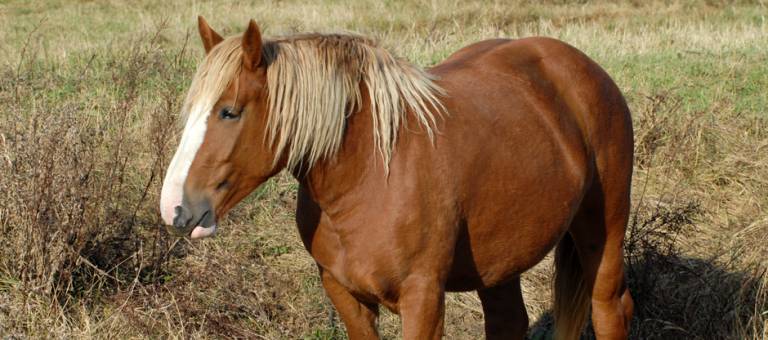
October 03, 2011
Slowing Feed Intake Might Reduce Insulin Spikes
Slowing consumption could be advantageous for horses with insulin resistance.

September 16, 2011
Equine Metabolic Syndrome
Most horses affected with EMS are overweight and have abnormal fat deposits including cresty necks, fat around the tailhead







